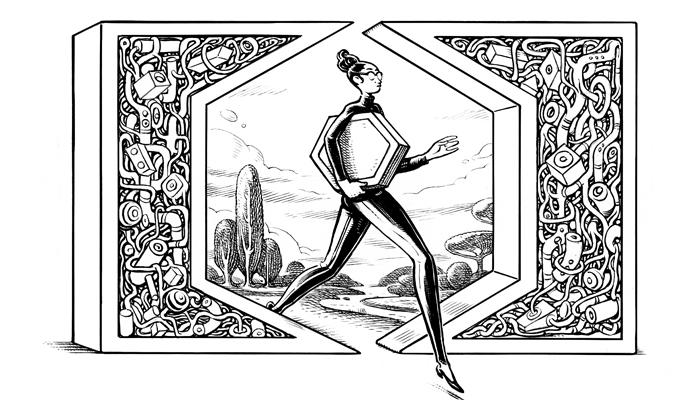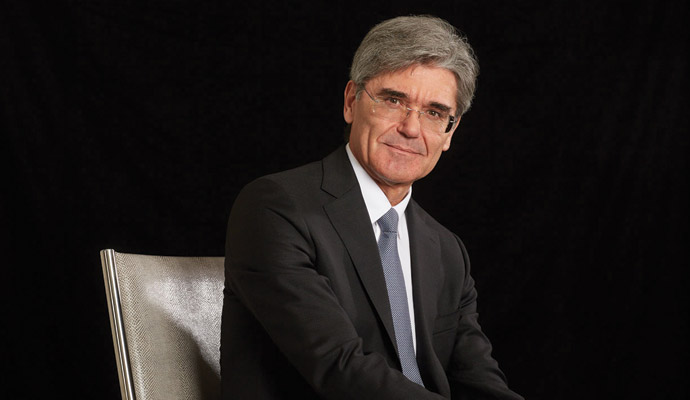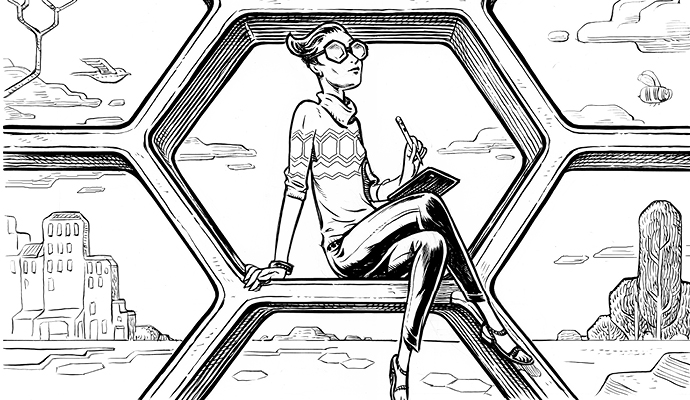Siemens Gets SMART by Focusing on Simplicity
In order to compete in emerging markets, Siemens had to learn what the locals wanted.
For decades, the German conglomerate Siemens has developed and commercialized technologically sophisticated products in two core market segments:
• M1, which consists of high value–added solutions such as high-speed trains, wind turbines, and CT scanners for the premium market; and
• M2, which consists of mass-produced solutions such as smoke detectors and industrial sensor systems for the middle market.
Siemens has traditionally positioned both M1 and M2 products as advanced offerings, marketing them at top prices, and selling them primarily in developed economies.
As Siemens began its entry into emerging markets such as Brazil, China, and India in the 1980s, it first tried to import and sell M1 products made abroad and then attempted to locally develop M2 products. Both attempts yielded poor results. Chinese and Indian clients deemed the M1 products too expensive, and the M2 products didn’t address their particular needs. Meanwhile, in the 1990s, Chinese firms began to climb the value chain by producing innovative solutions of good-enough quality that were affordable and dependable. In doing so, they created a whole new market segment—M3—that they rapidly cornered.
This was a wake-up call for Siemens. Its top management realized that to win in emerging economies like China—and to successfully serve the growing M3 segment—the company had to create a new range of solutions that were simple, reliable, of good quality, and reasonably priced. Thus, Siemens’s SMART product strategy was created to deliver more value at less cost.
SMART stands for simple, maintenance-friendly, affordable, reliable, and timely-to-market. Siemens’s SMART products are aimed at customers in the M3 market segment who are highly price-sensitive and yet quality-conscious. SMART products are entirely designed and built in emerging markets by Siemens’s local R&D and manufacturing teams, in collaboration with German colleagues. For instance, the Chinese R&D group has developed affordable X-ray machines that are easier to operate and maintain in small Chinese towns where skilled service labor is hard to find. Likewise, Siemens’s R&D engineers in India have developed micro power grids that can use multiple energy sources—from coconut shells to the sun—to provide electricity to Indian villages with 50 to 100 households. SMART solutions typically cost 40 to 60 percent less than products designed in the West.
A distinguishing feature of SMART products is their simplicity. Siemens learned the hard way that the technological complexity of its M1 and M2 products could act against its own commercial interests in emerging markets. In China, for example, Siemens initially attempted to sell high-end power converters imported from Germany. But these premium products surprisingly broke down frequently, creating a serious image problem among Chinese clients as being of poor quality. After investigating the problem, Siemens’s engineers discovered that microparticles from China’s high level of dust pollution—caused by numerous construction projects—infiltrated the electronic circuits of power converters and caused them to malfunction. This realization led Siemens to develop a simpler converter with less functionality but greater reliability that the company adapted to Chinese conditions, and this locally developed product became a commercial success.
These are not second-rate products. Christophe de Maistre, the current CEO of Siemens in France and southwest Europe who helped conceptualize the SMART strategy when he headed Siemens’s China unit, is keen to point out that SMART products do not represent his company’s “low-end” product line but rather its “entry-level” offering. In other words, the products may be mass-produced but they meet the company’s high-quality standards. And Siemens’ Chief Strategy Officer Peter Herweck tells us that although SMART is a separate product line, it will still be marketed under the Siemens corporate brand. This is critical for promoting the right external and internal perception of SMART products. “SMART products are not second-class citizens in the House of Siemens,” he says. “Rather, they are new additions, bearing different names than their older siblings, to the Siemens family. We love equally all our children.”
De Maistre also points out that simplicity and progress go hand-in-hand. He believes that, in a globalized economy, multinationals must redefine the notion of quality not in terms of technological sophistication but in terms of value as perceived by a client in a local context. In emerging markets such as China and India, clients want decent quality products that are simple to install, use, and maintain. De Maistre emphasizes that, contrary to popular belief, building a simpler product sometimes requires more innovation than creating a complex one—especially in terms of reliability and energy efficiency. Hence, Siemens’s M3 products demand as much innovation as its M1 and M2 products do, though of a different nature.
Thanks in part to SMART products, Siemens doubled its revenues from emerging markets between FY05 and FY10. But Siemens believes the reach of its SMART M3 products could also extend to frugal clients in European countries reeling under a prolonged economic recession. That is why Siemens estimates that there is a huge global market for SMART products.
We want to hear from you. What opportunities and challenges do you expect to emerge from Siemens’ SMART strategy? Is there a market in the West for its M3 products? Tell us about your own efforts in simplifying your products to make them more affordable and accessible to more customers.
Navi Radjou and Jaideep Prabhu are the co-authors, with Simone Ahuja, of the bestseller Jugaad Innovation: Think Frugal, Be Flexible, Generate Breakthrough Growth (Jossey-Bass, 2012), which the Economist called “the most comprehensive book” on the subject of frugal innovation.




